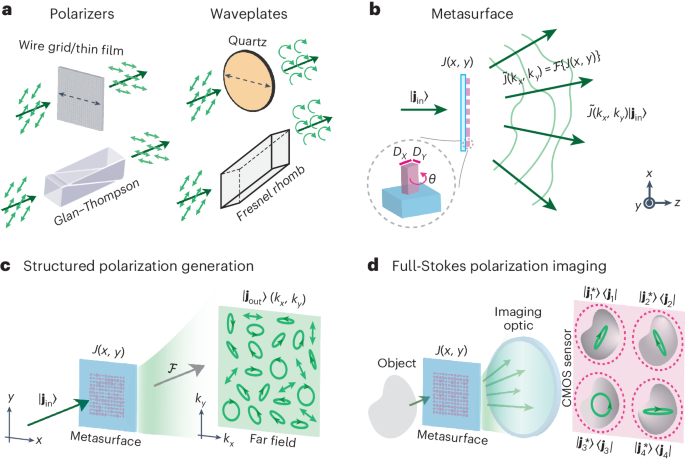2024-05-02 パシフィック・ノースウェスト国立研究所(PNNL)
<関連情報>
- https://www.pnnl.gov/news-media/coastal-hurricanes-around-world-are-intensifying-faster
- https://agupubs.onlinelibrary.wiley.com/doi/full/10.1029/2023EF004230
- https://agupubs.onlinelibrary.wiley.com/doi/full/10.1029/2023GL106774
近海での熱帯低気圧の発達が世界的に増加している A Global Increase in Nearshore Tropical Cyclone Intensification
Karthik Balaguru, Chuan-Chieh Chang, L. Ruby Leung, Gregory R. Foltz, Samson M. Hagos, Michael F. Wehner, James P. Kossin, Mingfang Ting, Wenwei Xu
Earth’s Future Published: 02 May 2024
DOI:https://doi.org/10.1029/2023EF004230

Abstract
Tropical Cyclones (TCs) inflict substantial coastal damages, making it pertinent to understand changing storm characteristics in the important nearshore region. Past work examined several aspects of TCs relevant for impacts in coastal regions. However, few studies explored nearshore storm intensification and its response to climate change at the global scale. Here, we address this using a suite of observations and numerical model simulations. Over the historical period 1979–2020, observations reveal a global mean TC intensification rate increase of about 3 kt per 24-hr in regions close to the coast. Analysis of the observed large-scale environment shows that stronger decreases in vertical wind shear and larger increases in relative humidity relative to the open oceans are responsible. Further, high-resolution climate model simulations suggest that nearshore TC intensification will continue to rise under global warming. Idealized numerical experiments with an intermediate complexity model reveal that decreasing shear near coastlines, driven by amplified warming in the upper troposphere and changes in heating patterns, is the major pathway for these projected increases in nearshore TC intensification.
Key Points
- Tropical cyclone (TC) intensification rates have increased in near coastal regions over the 42-year period 1979-2020
- Increases in relative humidity along with decreases in vertical wind shear are responsible
- Climate models project a continued increase in nearshore TC intensification rates with decreasing wind shear playing a crucial role
Plain Language Summary
Tropical cyclones (TCs) that intensify close to the coast pose a major socio-economic threat and are a substantial challenge from an operational standpoint. Therefore understanding historical trends in nearshore storm intensification and how they may change in future is of considerable significance. Despite this, few studies examined this key aspect of TCs at the global scale. Here we show, using an analysis of observations and atmospheric reanalyses, that the mean TC intensification rate has increased significantly over the period 1979–2020 primarily aided by increases in relative humidity and decreases in vertical wind shear. Further, high-resolution climate models, which explicitly resolve TCs, suggest that nearshore TC intensification will continue to increase in future. These increases in coastal TC intensification rates can mainly be attributed to stronger projected decreases in vertical wind shear. To better understand wind shear projections, a suite of idealized numerical experiments with an intermediate complexity model were conducted. The experiments indicate that enhanced warming in the upper-troposphere and changing heating patterns are likely responsible.
東太平洋のハリケーンが米国南西部の山火事環境に及ぼす影響 Influence of Eastern Pacific Hurricanes on the Southwest US Wildfire Environment
Karthik Balaguru, Sally S.-C. Wang, L. Ruby Leung, Samson Hagos, Bryce Harrop, Chuan-Chieh Chang, Sandro W. Lubis, Oluwayemi A. Garuba, Sourav Taraphdar
Geophysical Research Letters Published: 13 February 2024
DOI:https://doi.org/10.1029/2023GL106774

Abstract
While some previous studies examined the contribution of Eastern Pacific (EP) hurricanes toward precipitation in the arid Southwest US (SWUS), their potential to influence wildfires in that region has not been explored. Here we show, using observations and simulations from the Energy Exascale Earth System Model (E3SM), that recurving EP hurricanes modulate the wildfire environment in the SWUS by increasing precipitation and soil moisture, and reducing the vapor pressure deficit. This is especially the case during late season months of September–October when the likelihood of storms to recurve and make landfall increases. Further, analysis of burnt area observations reveals that for the months of September–October, recurving EP hurricanes may significantly reduce the prevalence of wildfires in the SWUS. Finally, E3SM simulations indicate that late season EP hurricanes have been on the decline, with important implications for wildfires in the SWUS.
Key Points
- Eastern Pacific (EP) hurricanes that recurve tend to enhance precipitation and reduce vapor pressure deficit in the Southwest US region
- During September–October, recurving EP hurricanes may make the environment less favorable for wildfires in the Southwest US
- Climate model simulations suggest that Southwest US precipitation associated with recurving EP hurricanes has decreased
Plain Language Summary
A majority of Eastern Pacific (EP) hurricanes form and traverse westwards away from the North American coastline. Therefore, compared to tropical cyclones in some other basins, EP hurricanes have historically received less attention. However, some previous studies have shown that recurving EP hurricanes can contribute significantly to precipitation in the arid Southwest US (SWUS) region. Here, we build on these studies and demonstrate that recurving EP hurricanes significantly modulate the SWUS wildfire environment. During years with recurving EP hurricanes, the precipitation and soil moisture are enhanced, and the vapor pressure deficit is reduced, over the SWUS region. Therefore, during late season months of September–October, when recurving EP hurricanes occur, they make the environment less favorable for wildfires in the SWUS region. With climate models showing a long-term decline in recurving EP hurricanes and the precipitation associated with them over the SWUS region, our study has substantial implications for autumn wildfires of that region.



